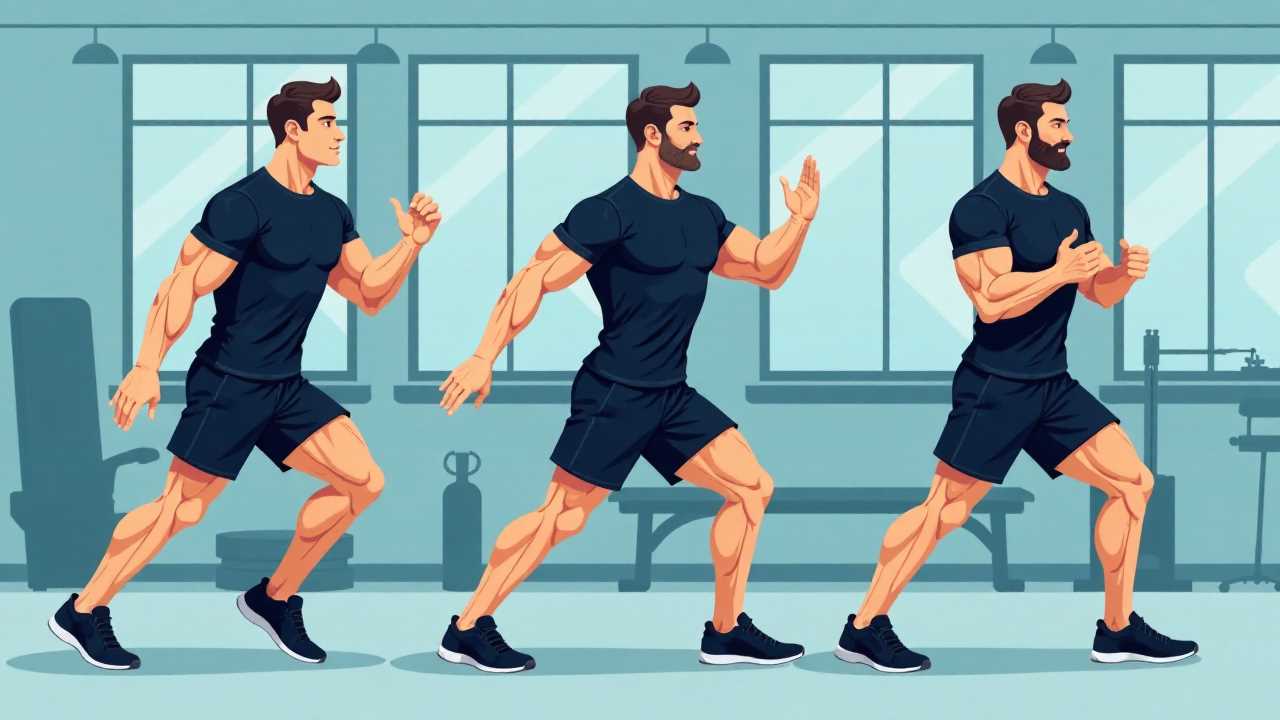
The Importance of Stretching Routines in Home Fitness Recovery
In the realm of home fitness recovery, stretching routines play a pivotal role in enhancing overall performance and well-being. Engaging in a consistent stretching regimen not only aids in muscle relaxation but also significantly contributes to improved flexibility and mobility. As we navigate our fitness journeys, understanding the benefits of these routines can lead to more effective workouts and quicker recovery times.
Understanding Flexibility Exercises
Flexibility exercises are designed to elongate muscles and improve the range of motion in joints. These exercises are vital for anyone looking to enhance their physical capabilities, whether you are an athlete or a casual fitness enthusiast. Incorporating a variety of flexibility exercises into your routine can help prevent injuries, alleviate muscle soreness, and promote better posture.
Common flexibility exercises include static stretches, dynamic stretches, and PNF (Proprioceptive Neuromuscular Facilitation) stretches. Each type serves a unique purpose and can be tailored to meet individual needs. For instance, static stretches are ideal for post-workout recovery, allowing muscles to relax and lengthen after intense activity.
Incorporating Mobility Drills
Mobility drills are another essential component of effective stretching routines. These drills focus on improving joint function and movement patterns, allowing for better overall performance in physical activities. Mobility drills can include movements such as hip circles, shoulder dislocates, and ankle mobility exercises.
By integrating mobility drills into your routine, you can enhance your body’s ability to move freely and efficiently. This is particularly beneficial for those who spend long hours sitting or engaging in repetitive movements, as it helps counteract stiffness and promotes better functional movement.
Achieving Muscle Relaxation
Muscle relaxation is a crucial aspect of recovery that often gets overlooked. After a strenuous workout, muscles can become tight and fatigued, leading to discomfort and decreased performance in subsequent sessions. Implementing stretching routines that focus on muscle relaxation can significantly improve recovery times.
Techniques such as self-myofascial release using foam rollers or massage balls can help alleviate muscle tension and promote blood flow. This method allows for targeted pressure on tight areas, breaking up knots and improving overall muscle function. Pairing these techniques with traditional stretching can create a comprehensive recovery strategy.
Post-Workout Recovery Strategies
Effective post-workout recovery is essential for maintaining a consistent fitness regimen. After exercising, the body needs time to repair and rebuild muscle tissues. Incorporating stretching routines into your post-workout routine can facilitate this process.
A well-structured post-workout stretching routine should include both static and dynamic stretches that target the major muscle groups used during your workout. This not only aids in muscle recovery but also helps reduce the risk of injury by promoting flexibility and mobility.
The Role of Self-Myofascial Release
Self-myofascial release is a technique that involves applying pressure to specific points on the body to relieve muscle tightness and improve flexibility. This method can be particularly effective when combined with stretching routines, as it prepares the muscles for deeper stretches and enhances overall effectiveness.
Using tools such as foam rollers or massage balls, individuals can target areas of tension and promote better blood circulation. This practice not only aids in muscle recovery but also contributes to improved performance by allowing for greater range of motion and flexibility.
Active Stretching for Enhanced Performance
Active stretching involves engaging specific muscle groups to hold a stretch, rather than relying on external forces. This type of stretching is particularly beneficial for athletes and those looking to enhance their performance. By actively engaging the muscles, individuals can improve strength, flexibility, and coordination simultaneously.
Incorporating active stretching into your routine can prepare the body for physical activity by increasing blood flow and activating the muscles. This practice can be particularly effective when performed before workouts, as it primes the body for movement and reduces the risk of injury.
Creating a Comprehensive Stretching Routine
To maximize the benefits of stretching routines, it is essential to create a comprehensive plan that incorporates flexibility exercises, mobility drills, muscle relaxation techniques, and self-myofascial release. Here’s a simple framework to get started:
1. Warm-Up: Begin with light aerobic activity to increase blood flow to the muscles.
2. Mobility Drills: Perform mobility drills targeting major joints to enhance range of motion.
3. Active Stretching: Engage in active stretches to prepare the muscles for activity.
4. Workout: Complete your main workout routine.
5. Post-Workout Stretching: Incorporate static stretches and self-myofascial release techniques to aid recovery.
6. Cool Down: Finish with deep breathing exercises to promote relaxation.
By following this structured approach, individuals can ensure that they are effectively addressing all aspects of recovery, leading to improved performance and overall well-being.
Incorporating stretching routines into your home fitness recovery plan is a powerful way to enhance flexibility, mobility, and muscle relaxation. By understanding the various components of effective stretching, including flexibility exercises, mobility drills, and self-myofascial release, we can create a comprehensive strategy that promotes optimal recovery and performance. Embrace these techniques to elevate your fitness journey and achieve your goals with confidence.
 Mobility trainingHome Fitness RecoverySports Injury PreventionPersonal Physical TherapyOrthopedic SolutionsPrivacy PolicyTerms And Conditions
Mobility trainingHome Fitness RecoverySports Injury PreventionPersonal Physical TherapyOrthopedic SolutionsPrivacy PolicyTerms And Conditions
